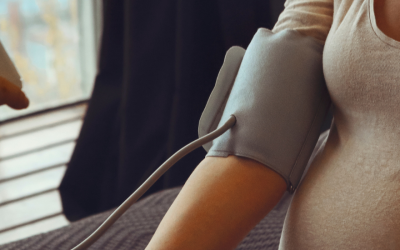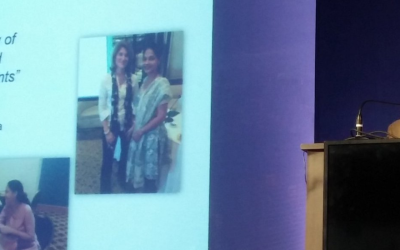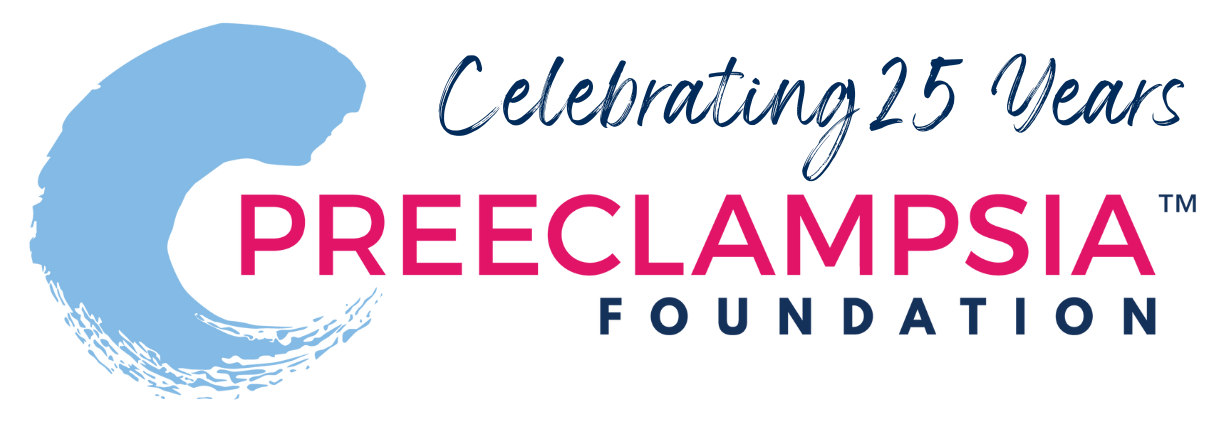
Postpartum Care Basics for Maternal Safety
Another win for our patient education and support goals! The Council for Patient Safety in Women’s Healthcare has issued the next in a series of patient safety “bundles,” this one intended to standardize and improve the care a new mom receives after birth and up through her postpartum visit.

This guidance provided in “Postpartum Care Basics for Maternal Safety from Birth to the Comprehensive Postpartum Visit” is important for women who experienced preeclampsia or other hypertensive disorders of pregnancy for two major reasons:
- Many cases of postpartum preeclampsia are missed or poorly handled. Sometimes high blood pressure continues and causes other problems such as excessive fluid in the lungs or stroke. In other cases, new-onset high blood pressure – what is called de novo hypertension in medical terms – surprises some women after they’ve gone home, up to several weeks after delivery.
- The handoff from childbirth to a regular medical home must include transferring information about any pregnancy complications she experienced. Most women and even their healthcare providers are not aware that a history of severe preeclampsia, growth-restricted babies, and other pregnancy complications put them at higher risk for heart disease and stroke than other women without these complications. Your ongoing care should be managed through this lens.
“If a woman comes into my office and tells me she’s a smoker, I know she’s at higher risk for heart disease and we talk about what behaviors she can modify to reduce her risk. If a preeclampsia survivor comes into my office, I can’t change her pregnancy history, but we can work with her other modifiable risk factors and make sure we’re monitoring her heart health carefully,” explained Sue Kendig, a women’s health nurse practitioner and co-chair of the Council on Patient Safety’s postpartum care bundle task force.
This postpartum care bundle suggests several items a healthcare provider should discuss with her patient while the woman is still pregnant and during the immediate postpartum period, planning for issues like breastfeeding, contraception, who will provide her medical care, and social support in the weeks following birth. It also states that every clinical setting must determine guidelines for patient education and indications for early postpartum visits such as coming in for another blood pressure check within four to seven days after delivery.
Postpartum care and patient education remain a key goal for the Preeclampsia Foundation. Many of our affected women complain about the lack of information sent home with them, leaving them vulnerable when symptoms arise that should drive them back to care, but instead are ignored.
What is the Council on Patient Safety in Women’s Healthcare?
The Council on Patient Safety in Women’s Health Care is a broad consortium of organizations across the spectrum of women’s health for the promotion of safe health care for every woman. The Preeclampsia Foundation was elected onto the Council as a voting member in 2016.
What is a patient safety bundle?
Standardization of healthcare processes and reduced variation has been shown to improve outcomes and quality of care. Patient safety bundles help facilitate the standardization process and reflect the latest clinical, scientific, and patient safety advances. The information should not be construed as dictating an exclusive course of treatment or procedure to be followed. Although the components of a particular bundle may be adapted to local resources, standardization within an institution is strongly encouraged.
Related Articles
1763040575.png)
The Preeclampsia Foundation, a US-based not-for-profit focused on improving outcomes from hypertensive disorders of pregnancy, has been announced as one of 80+ organizations that were awarded funding...

Hypertensive disorders of pregnancy are a leading cause of maternal death in the state of Indiana. To address this critical issue, the Indiana Hospital Association is teaming up with the Preeclampsia...
1753716089.png)
Preeclampsia survivors and their supporters from across the United States will hit the pavement on Saturday, August 23, 2025, as part of the sixth annual Promise Walk Wherever virtual event to benefit...
_(4)1737997628.png)
The Preeclampsia Foundation announced today the recipients of its 2025 Peter Joseph Pappas Research Grants. Based on the recommendations of its Scientific Advisory Council, the Preeclampsia Foundation...

It’s with unimaginable gratitude that we recognize Dr. Tom Easterling, as he retires from his role as Director of the Preeclampsia Foundation Medical Advisory Board. To talk about Dr. Easterling...
